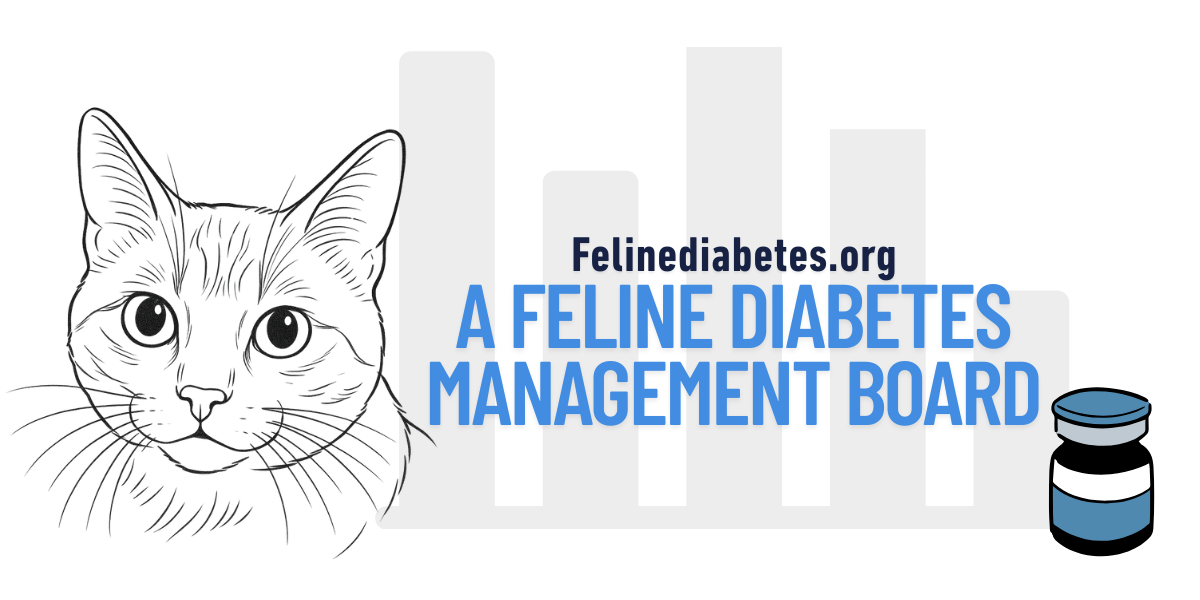If your cat suddenly seems off—less active, not eating, hiding more than usual, or showing signs like vomiting or sitting in a hunched position—it could be a sign of pancreatitis. This condition can appear suddenly (acute) or develop over time (chronic), and it often requires veterinary attention.
Pancreatitis is the inflammation of the pancreas, an organ that plays a crucial role in digestion and blood sugar regulation. In cats, pancreatitis can be challenging to diagnose because symptoms are often subtle or nonspecific. Common signs include:
Veterinarians may use several tests to diagnose pancreatitis:
Treatment focuses on supportive care to allow the pancreas to heal:
Always consult with your veterinarian before administering any medications or making significant changes to your cat's care regimen.
For more detailed information, you can refer to the following resources:
Remember, early detection and supportive care are key to managing pancreatitis in cats. If you notice any concerning symptoms, consult your veterinarian promptly.
- Tim
Change Log:
Created on 5/19/2025.
Sources:
Forman, Michael A., et al. "ACVIM Consensus Statement on Pancreatitis in Cats." Journal of Veterinary Internal Medicine, vol. 35, no. 6, 2021, pp. 2748–2765. Wiley Online Library, https://doi.org/10.1111/jvim.16279.
IDEXX Laboratories. "SNAP fPL Test: Feline Pancreatic Lipase Immunoreactivity." IDEXX Laboratories, SNAP fPL Test (feline pancreas-specific lipase) | IDEXX Veterinary Diagnostics - IDEXX US.
Cornell University College of Veterinary Medicine. "Feline Pancreatitis." Cornell Feline Health Center, Feline Pancreatitis.
Thriving Pets. ThrivingPets.com – referenced for ondansetron pricing and sourcing. https://www.thrivingpets.com/.
Marje and Gracie. "A Primer on Pancreatitis." Feline Diabetes Message Board, 23 Sept. 2012, Info - A Primer On Pancreatitis | Feline Diabetes Message Board - FDMB.
 Understanding Feline Pancreatitis
Understanding Feline Pancreatitis
Pancreatitis is the inflammation of the pancreas, an organ that plays a crucial role in digestion and blood sugar regulation. In cats, pancreatitis can be challenging to diagnose because symptoms are often subtle or nonspecific. Common signs include:
- Lethargy
- Loss of appetite
- Vomiting
- Dehydration
- Abdominal discomfort
- Diarrhea
 Diagnosing Pancreatitis
Diagnosing Pancreatitis
Veterinarians may use several tests to diagnose pancreatitis:
- SNAP fPL Test: A quick, in-clinic test that provides results in about 10 minutes, indicating whether pancreatic inflammation is likely.
- Spec fPL Test: A more specific blood test sent to a laboratory, measuring feline pancreatic lipase levels to confirm pancreatitis.
- Catalyst Pancreatic Lipase Test: An in-house test that offers quantitative results within minutes, aiding in the diagnosis and monitoring of pancreatitis.
 Treatment and Management
Treatment and Management
Treatment focuses on supportive care to allow the pancreas to heal:
- Fluid Therapy: To combat dehydration, fluids may be administered intravenously or subcutaneously.
- Pain Management: Medications like buprenorphine can help manage abdominal pain, improving your cat's comfort and appetite.
- Antiemetics: Drugs such as ondansetron or maropitant (Cerenia) can control nausea and vomiting, encouraging your cat to eat.
- Nutritional Support: Early feeding is crucial. Your vet may recommend a highly digestible diet. In cases where the cat refuses to eat, assisted feeding or feeding tubes might be necessary to prevent hepatic lipidosis.
- Monitoring: Regular monitoring of your cat's condition, including appetite, hydration, and blood glucose levels (especially in diabetic cats), is essential.
Always consult with your veterinarian before administering any medications or making significant changes to your cat's care regimen.
 Additional Resources
Additional Resources
For more detailed information, you can refer to the following resources:
- Cornell Feline Health Center on Pancreatitis
- IDEXX SNAP fPL Test Information
- Purina Institute on Pancreatitis in Cats
Remember, early detection and supportive care are key to managing pancreatitis in cats. If you notice any concerning symptoms, consult your veterinarian promptly.
- Tim
Change Log:
Created on 5/19/2025.
Sources:
Forman, Michael A., et al. "ACVIM Consensus Statement on Pancreatitis in Cats." Journal of Veterinary Internal Medicine, vol. 35, no. 6, 2021, pp. 2748–2765. Wiley Online Library, https://doi.org/10.1111/jvim.16279.
IDEXX Laboratories. "SNAP fPL Test: Feline Pancreatic Lipase Immunoreactivity." IDEXX Laboratories, SNAP fPL Test (feline pancreas-specific lipase) | IDEXX Veterinary Diagnostics - IDEXX US.
Cornell University College of Veterinary Medicine. "Feline Pancreatitis." Cornell Feline Health Center, Feline Pancreatitis.
Thriving Pets. ThrivingPets.com – referenced for ondansetron pricing and sourcing. https://www.thrivingpets.com/.
Marje and Gracie. "A Primer on Pancreatitis." Feline Diabetes Message Board, 23 Sept. 2012, Info - A Primer On Pancreatitis | Feline Diabetes Message Board - FDMB.
